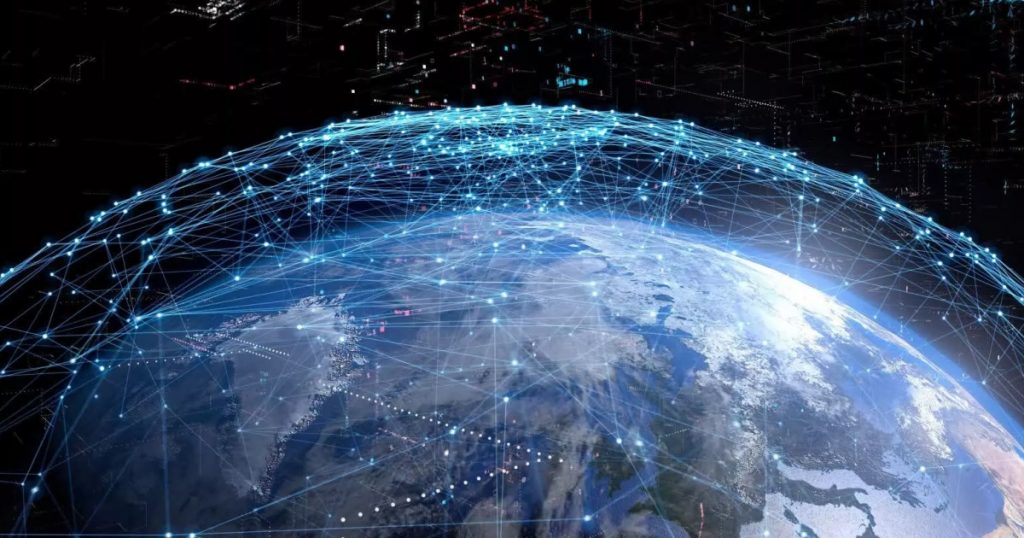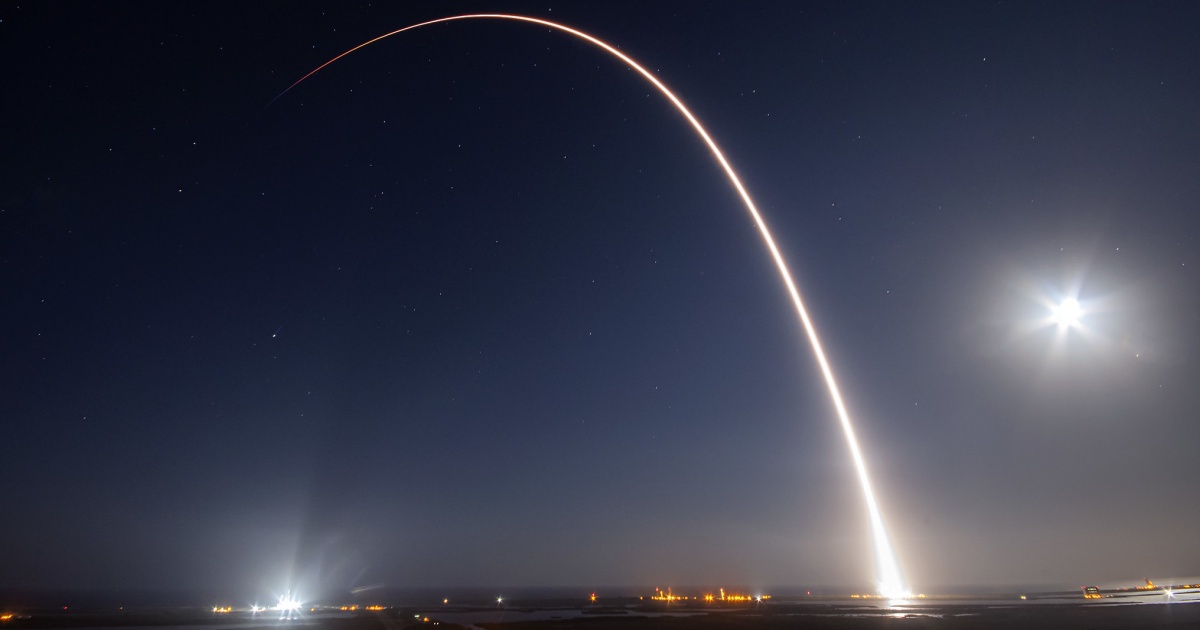Last Updated on October 8, 2021 by Asif Iqbal Shaik
Elon Musk’s satellite Internet service Starlink is planning to set foot in India. If things go according to the plan, the internet service will go live by the end of 2022. Those interested in Starlink can head over to starlink.com and book their order with a $99 (around ₹7,400) deposit. However, before you pull the trigger, you need to understand that Starlink is radically different compared to your regular broadband. Moreover, there are multiple factors that will influence the actual service launch. Let us touch upon these topics to understand what to expect from Elon Musk’s next big thing after Tesla and SpaceX.
How Is Starlink Different Than Your Regular Broadband?

Subscribe to Onsitego
Get the latest technology news, reviews, and opinions on tech products right into your inboxUnlike your existing Internet service that relies on the global network of undersea cables, Starlink uses a satellite constellation to beam the Internet to Earth. The company’s plan is to deploy a fleet of a whopping 12,000 Smallsat-class satellites to provide Internet on every part of the globe. So far, Starlink has managed to put over 1,400 satellites in earth’s orbit.

Setting up Internet infrastructure in space is an incredibly tricky and expensive affair. However, Starlink is getting things done with help from Elon Musk’s other venture, SpaceX, which has brought down the cost of space launches owing to its revolutionary reusable Falcon launch vehicles.
Benefits of Starlink Internet Service

In part of the US and Mexico where Starlink service is operational, users are reporting speeds of up to 150Mbps. These transfer rates are on par with wired broadband connections in most countries, including India. However, at least for the next few years, Starlink won’t replace regular broadband for most people. Instead, the service is going to be crucial in connecting rural or remote areas. Starlink may even strike a deal with airline companies to get uninterrupted high-speed Internet connection on flights. Tsunamis or large vessels can damage undersea cables and disrupt the Internet connection. Case in point, 2008’s cable disruption affected millions of people. Since Starlink’s infrastructure is in space, the company doesn’t have to worry about maritime accidents.
Starlink’s Potential In India

According to last year’s report, nearly 28,000 villages in India have no access to cellular or Internet connections. While building the infrastructure at these places would be a long-term goal, the government can at least get these villages connected with Starlink’s hardware in the meantime. In the US, Starlink Kit costs $499, which includes the dish antenna, mounting brackets, Wi-Fi router, and power supply. Once it is up and running, the company bills its customers $99 per month. While that’s not cheap for individual use in India, maybe Gram Panchayats can get at least one terminal in each village.


Discussion about this post